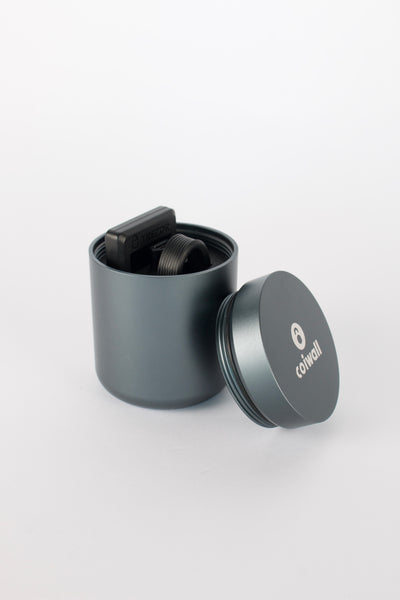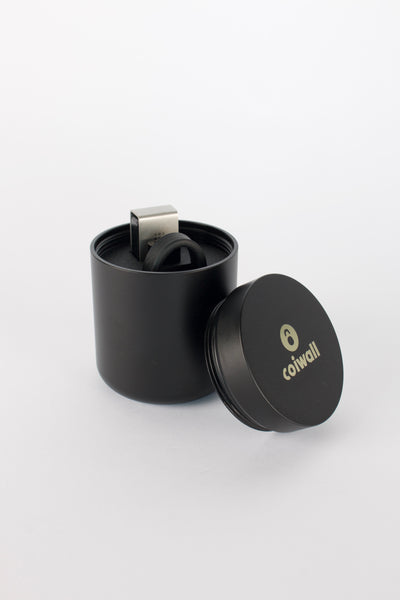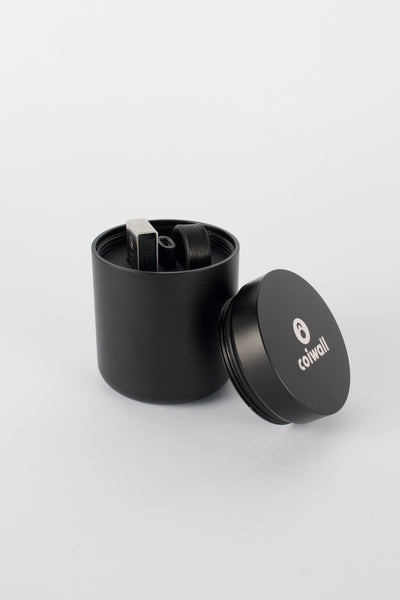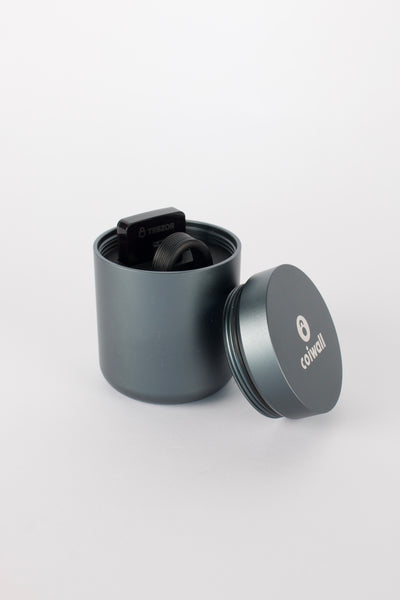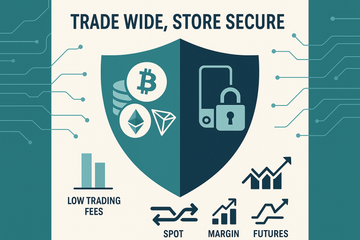Poloniex has been around long enough to have battle scars and a loyal crowd. If you have traded through a bull run, there is a good chance you have seen its order books fly. Still, new and returning traders ask the same thing every cycle. Is Poloniex worth using now, and what should you watch out for? Let me explain, with a clear view of its strengths and the parts that need a second look.
Quick take before we get into the weeds
Poloniex is a centralized crypto exchange known for wide altcoin coverage, low fees, and margin and futures trading. It rose to fame in the mid-2010s, went through ownership changes, and faced a major security incident in 2023. It is popular with traders who like variety, speed, and the TRON ecosystem. It is not available to U.S. residents.
A brief history with a few twists
Poloniex launched in 2014, founded by Tristan D’Agosta. It quickly became a hotspot for early Ethereum traders, and for a while it was one of the busiest altcoin venues on the planet. In 2018, Circle bought Poloniex, then in 2019 the exchange spun out into Polo Digital Assets. Since then, Poloniex has been widely linked to backing from Justin Sun, the founder of TRON. You will notice TRX markets and TRON-based tokens feature prominently, which is no accident.
There is also a long memory of security incidents. Years ago, Poloniex reimbursed users after an early breach. Fast forward to November 2023, and the exchange was hit again. Attackers drained hot wallets across multiple networks, with outside estimates putting losses around the low nine figures. Poloniex paused withdrawals, offered a white-hat bounty, and later said users would be made whole. Withdrawals resumed after security reviews. A hard lesson, and one that shaped how many traders use the platform today.
Core features traders actually use
Spot markets with range
The spot side is the main draw. Poloniex lists hundreds of coins and tokens, including Bitcoin, Ethereum, TRON, major stablecoins, and a rotating cast of small caps. Listings skew toward active, momentum names. Liquidity concentrates in top pairs, which is normal. For long-tail tokens, spreads can widen during quiet hours. That is typical, not a deal breaker, but it requires basic trade discipline.
Margin and futures for the risk-tolerant
Margin trading supports a modest level of leverage for spot pairs, usually up to about 3x. It is enough for tactical plays without turning one candle into a heart stopper. For higher risk, Poloniex offers crypto futures with leverage that can reach triple digits on major contracts. Use that carefully. Liquidations do not care about your thesis, only your collateral and the price tape.
Earn and staking style products
Poloniex runs savings and staking-style products so users can put idle balances to work. Yields vary by asset and market conditions. Tokens like TRX often show up with featured rates. Read the small print, since yield products on centralized exchanges carry counterparty risk.
API, mobile app, and charting
There is a mobile app for quick checks and basic trades, plus WebSocket and REST APIs for quants or bot users. The interface is familiar, with standard order types, depth charts, and funding data on derivatives. Nothing flashy, which is a plus. Speed and clarity beat a cluttered screen when the market whips.
Fees, tiers, and those tiny basis points
Poloniex keeps fees on the low side. Maker and taker rates start around a few tenths of a percent and drop with higher 30-day volume. VIP tiers matter if you size up. You can also catch promos on specific markets, especially TRX pairs, although those change. As always, check the current schedule on the fee page before you put size through the book.
Security, risk, and what the 2023 hack taught everyone
Here is the thing. Centralized exchanges are convenient, but hot wallets remain targets. Poloniex says it uses layered defenses, monitoring, and operational controls. Even so, the 2023 exploit showed that hot wallet risk is real. The exchange paused operations, worked with investigators, and pledged to reimburse users. That response helped, but the broader lesson is simple.
If you are parking long-term holdings, self-custody is safer. You know what? Send cold storage funds to a hardware wallet and sleep better. Ledger and Trezor are the usual names for a reason. They keep private keys offline. Trade on an exchange, withdraw profits, and let hardware handle the quiet work. Exchanges are for liquidity. Wallets are for safety.
KYC, regions, and who can use Poloniex
Poloniex requires identity checks for full access. Limits apply to unverified accounts, and features can be restricted. The platform is not available to U.S. residents, and it blocks users in sanctioned jurisdictions. That is standard now across most centralized venues. If you travel, do a quick check on regional rules before logging in from a new location.
Regulatory posture and past settlements
Regulators have tightened the screws since the wild early days. Poloniex has faced scrutiny and has settled with authorities for historical sanctions compliance issues tied to activity from years back. That context matters. It signals the exchange operates with more formal controls today, though it also reminds everyone that oversight is part of the landscape now.
Does Poloniex publish proof of reserves
Some exchanges post regular proof-of-reserves disclosures, ideally with auditor reviews. Poloniex has shared wallet information and updates around incidents, but a detailed auditor-verified proof-of-reserves program has not been a prominent, ongoing feature. If you value on-chain attestations, keep tabs on announcements. Or better yet, reduce reliance on any single custodian by moving savings to a Ledger or Trezor after trades settle.
Liquidity and market feel
On major pairs, fills are quick and depth is healthy. During busy sessions, memecoins and DeFi names see bursts of activity that feel like a summer Friday at a street market. Then it cools and spreads widen a bit. That rhythm is part of Poloniex’s character. If you trade small caps, place limits, avoid chasing, and be patient with exits.
Customer support and the human factor
Support runs through tickets, help center articles, and social channels. Response times can vary, especially during market spikes. Document everything, keep screenshots, and use 2FA with an authenticator app. Simple habits save time when you need help.
Pros and cons at a glance
- Pros: wide asset selection, low fees, margin and futures available, strong TRON ecosystem coverage, API access, mobile app.
- Cons: not available in the U.S., history of security incidents, uneven liquidity in long-tail pairs, limited public proof-of-reserves detail.
Practical tips for using Poloniex safely
- Use 2FA with an authenticator app, not SMS. Lock down your email too.
- Trade on exchange, store off exchange. Move long-term funds to a hardware wallet like Ledger or Trezor.
- Watch fees by using limit orders where it makes sense and leveling up tiers if your volume is steady.
- Size leverage modestly. Volatility can move faster than your stop. Yesterday’s comfort level might be too high tomorrow.
- Check pairs and liquidity before sending big orders into small pools.
How it compares
Compared to bigger venues like Binance or OKX, Poloniex runs leaner, with a stronger niche feel. It often lists buzzy tokens early and keeps fees friendly. By contrast, Kraken and Coinbase focus more on compliance and fewer assets, with deeper fiat rails. Different audiences, different trade-offs. Some traders keep multiple accounts and route trades based on pair coverage, fees, and the need for fiat.
So, should you trade on Poloniex
If you want a broad menu of altcoins, fair fees, and access to margin and futures, Poloniex delivers. If you are a U.S. trader, it is off limits. If you hold large balances and want airtight transparency, the lack of a heavily audited, recurring proof-of-reserves program might push you toward exchanges that publish one. That said, many active traders use Poloniex daily and manage risk with a simple pattern. Trade, withdraw, repeat.
Markets are seasonal. Liquidity blooms during hype and thins when the music fades. Poloniex has lived through several cycles, which says something about staying power. Just remember the basics that never go out of style. Keep your risk tight. Keep your keys offline when you can. And if a token looks like fireworks, enjoy the view, but keep a hand on the exit.

